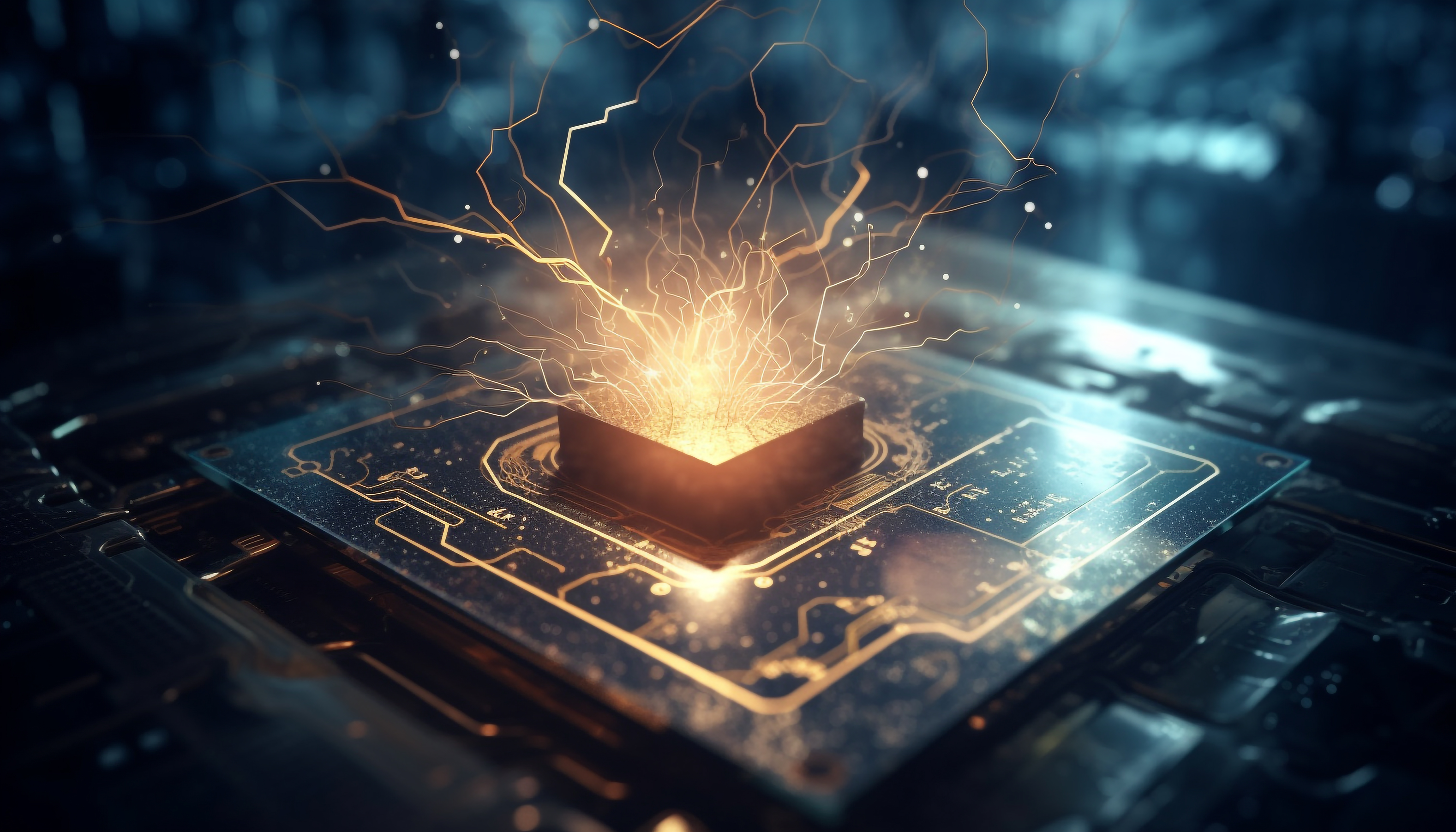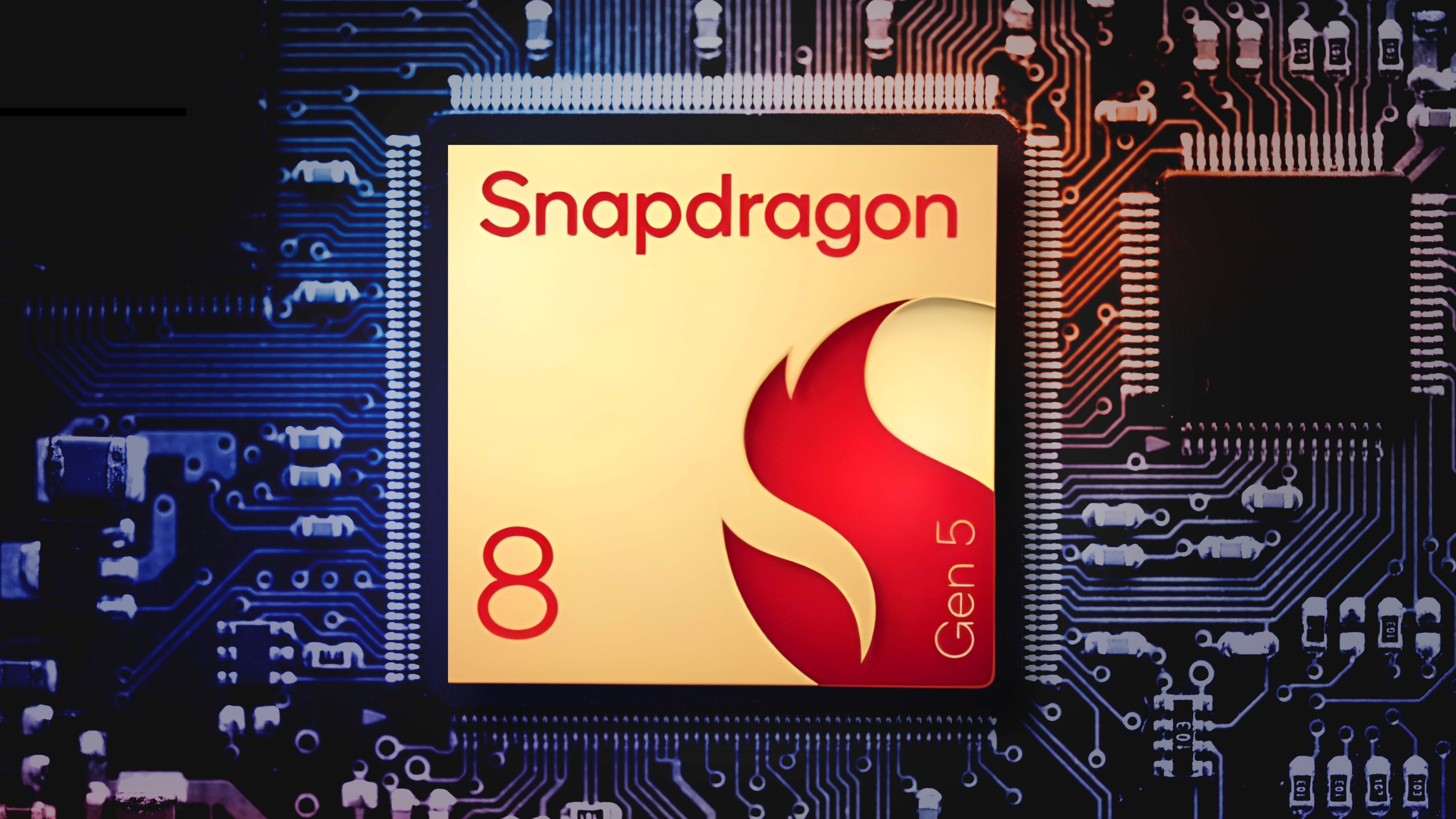A key player is emerging in China’s AI chip market with Baidu’s Kunlunxin unit stepping in to fill the gap left by Nvidia due to US export restrictions.
The company plans a five-year roadmap for AI chips, beginning with the M100 in 2026 and the M300 in 2027, while already using its chips to run ERNIE AI models.
Strong domestic demand and shortages of AI chips among Chinese tech giants, such as Alibaba and Tencent, have created an opportunity for Baidu.
The company sells chips to third parties and rents computing capacity via its cloud, presenting itself as a full-stack AI provider with integrated infrastructure, models, and applications.
Analysts predict explosive growth for Baidu’s AI chip business, with sales expected to increase sixfold to 8 billion yuan ($1.1 billion) by 2026. Industry experts highlight that the timely delivery of competitive Kunlun chip generations could make Baidu a strategic supplier to the rest of China’s AI ecosystem.
Would you like to learn more about AI, tech, and digital diplomacy? If so, ask our Diplo chatbot!









